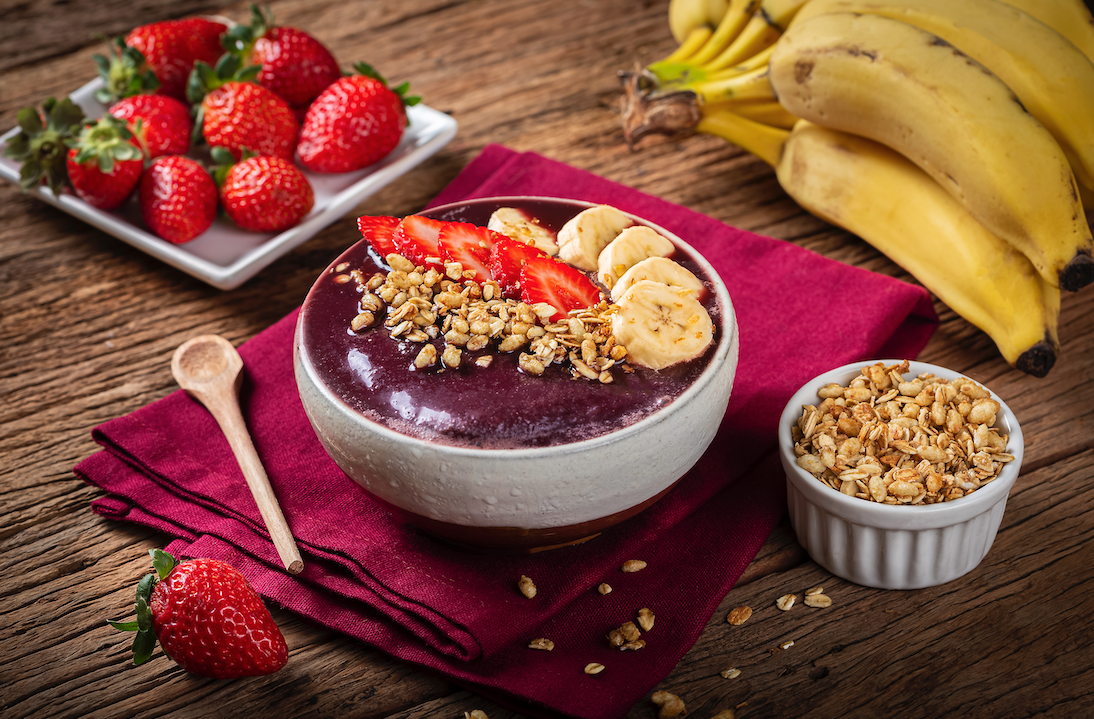
Evening Primrose
The most common form of evening primrose is oil (EPO). The plant is native to North America, and numerous studies confirmed it’s benefits. Its healing benefits may be due to its gamma-linolenic acid (GLA) content.
Usage
Female hormones
Evening primrose is richest sources of essential fatty acid that provides the building blocks for female hormones.
Overall skin health
GLA is evening primrose oil improve skin elasticity, moisture and smoothness.
PMS symptoms
It’s also effective in treating premenstrual syndrome (PMS) symptoms.

Ancient Herbal Therapy
Native Americans use evening primrose oil to treat bruises and hemorrhoids.
It is also used to treat wounds, sore throats, and gastrointestinal problems. It also works well for treating chronic inflammation and a number of other problems.
These healing effects of the oil are attributed to omega-6 fatty acids and how they affect the body's immune cells.
Evening primrose oil is believed to have healing effects on various inflammatory conditions, osteoporosis, indigestion, diabetes, chronic pain, obesity, acne, and hormonal imbalances.
Oil has been used for centuries to improve skin health, balance hormone levels, lower cholesterol, optimize digestion, regulate blood sugar levels, prevent hair loss, relieve pain and protect nails.
How to add evening primrose to your diet?
Make a Tea
Tea has a mild taste, and it soothes the stomach.
Supplement
Comes in the form of a liquid extract, capsule, and powder.
The flowers of evening primrose last only until noon. They open noticeably fast every night, making an interesting spectacle.
The medicinal part of the evening primrose is the leaf, flower, root, and seed.
The root is cut into smaller pieces and dried.
Evening primrose seeds are most often used as a spice.
About
Evening Primrose is a medicinal plant of the genus Oenothera native to eastern and central North America, from Newfoundland west to Alberta, southeast to Florida, and southwest to Texas, and widely naturalized elsewhere with a temperate and subtropical climate.
The flowers are hermaphroditic, fragrant, located on a tall tree, and last only until noon. They open noticeably fast every night, making an interesting spectacle, hence the common name. It is planted in gardens as an ornamental plant.
Science
Several studies were conducted to determine the dependence of biological activity on the chemical composition of various parts of the evening primrose, mainly leaves, stems, and seeds. Common components of Oenothera biennis are fatty acids, phenolic acids, and flavonoids. On the other hand, primrose seeds contain proteins, carbohydrates, minerals, and vitamins, which is why it is believed that the most interesting sources of biologically active compounds are the seeds and, above all, evening primrose seed oil.
Evening primrose oil is extremely high in linoleic acid and γ-linolenic acid, which contributes to the overall function of human tissue.
Statistical analysis showed that evening primrose oil has been the subject of several clinical studies, including premenstrual syndrome (PMS), menopause symptoms, mastalgia, fibroadenoma, etc.
Evening primrose oil is produced from seeds that contain gamma-linolenic acid (GLA). A 6-month controlled trial was conducted with menopausal women who reported having hot flashes three or more times a day. Participants were randomized to receive evening primrose oil combined with vitamin E twice daily or a placebo. Almost half of all women discontinued the study because of the treatment side effects (half of them were receiving placebo). This study showed that evening primrose oil had no significant benefit over placebos.
Safety
Some people may have a hypersensitivity or allergic reaction to evening primrose oil for the face, although this is uncommon. Signs of an allergic reaction include a rash or hives, swelling of the face or mouth, and difficulty breathing. Others may experience less side effects when using yellow evening primrose oil for the face. This primarily applies to internal use, when yellow evening primrose oil is consumed in larger quantities - and the effects include headache, abdominal pain, nausea, and loose stools.
Pregnant and breastfeeding women should not use evening primrose oil. People suffering from neurological diseases or those who use drugs that lower blood pressure or blood thinners - should also not use this oil as a precaution.
Fun Facts
Evening primrose flowers are seen as representations of young love and of feeling as though you can't live without your lover
Sources
Stonemetz, D. (2008). A review of the clinical efficacy of evening primrose. Holistic nursing practice, 22(3), 171-174.
Deng, Y. C., Hua, H. M., Li, J., & Lapinskas, P. (2001). Studies on the cultivation and uses of evening primrose (Oenothera spp.) in China. Economic botany, 55(1), 83-92.



